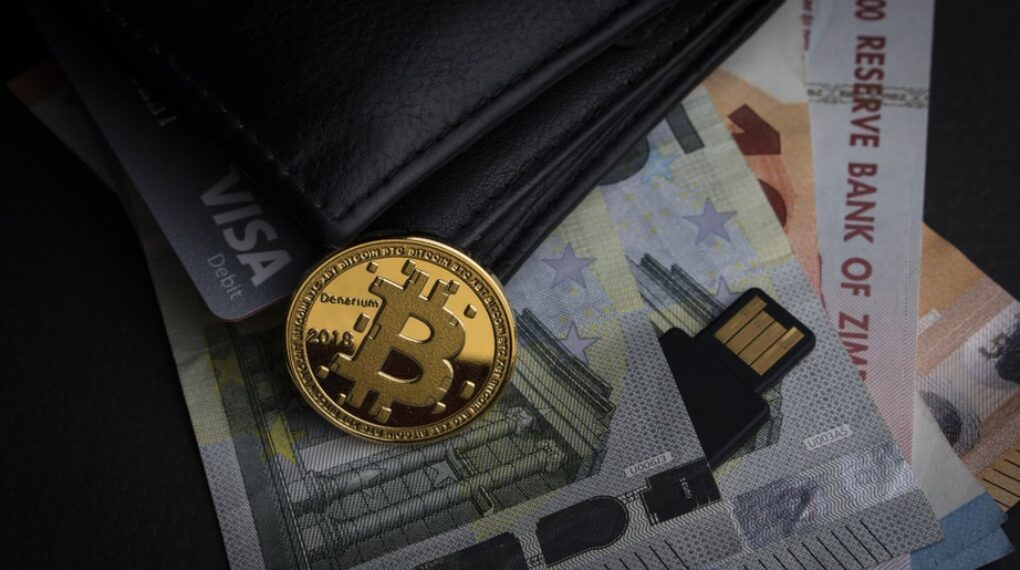
Cryptocurrency as a whole covers thousands of different platforms and networks, each dedicated to specific currencies and functions. Bitcoin is one of the most popular crypto types around, but that has also made it one of the most bloated – transitions can be slow, costly, and hard to manage.
The Lightning Network is meant to solve these problems and work at any scale of the network’s growth, but what does it do, and how does it work?
What is the Problem?

Bitcoin has grown a lot since its original incarnation, and hundreds of thousands of people are now Bitcoin owners. While it runs on a completely decentralized system and can keep the ledger up to date, it also has a lot of bottlenecks that can’t be fixed without centralizing some of the systems.
The biggest problem is scalability. In most cases, the BTC blockchain receives a set of new blocks every ten minutes, which can handle about 2,000 transactions before they are ‘spent.’ For a smaller cryptocurrency, this would be fine, but Bitcoin is so popular that it needs more blocks.
In its current state, Bitcoin can manage about 4 transactions each second, while regular cards are capable of up to 24,000. This is the biggest reason for the high transaction fees and the low overall payment speed.
How does the Lighting Network fix this
Since Bitcoin is mostly struggling with scale, the Lightning Network is meant to try and take transactions off the blockchain completely. This would mean that the network is not overloaded with transaction requests, removing the bottleneck and allowing near-instant payments.
Originally conceived in 2015, the Bitcoin Lightning Network is effectively a second ‘layer’ on top of the regular blockchain, one that only contains payment channels. The transaction information is only recorded to the blockchain when the channel is closed, but there is also no delay in payments.
The Lightning Network targets Bitcoin’s scalability problem directly, trying to operate no matter the scale that the currency or blockchain grows to. Whether it is processing 10 transactions in a second or 1,000 transactions in a second, the system should allow for instant transactions.
How does it work?

The Lightning Network is actually quite simple in theory, although the technology behind it can be complicated.
When somebody wants to pay another person, they create a payment channel on the Lightning Network rather than on the main chain itself. This creates a two-way channel that allows either of them to send money to the other, although it obviously requires the sender’s consent.
Payment channels can also be linked: if you have an existing payment channel with somebody, and they pay a business through another channel, you can use that channel as well. The data of the purchases and transactions are recorded to the main blockchain when the channel closes down.
While this does mean that it lacks some of the security of the main blockchain (making it more suitable for small, day-to-day transactions), it also allows a much more flexible level of payment and keeps the ‘traffic’ away from the normal network, speeding up all transactions as a result.
Read Also:






